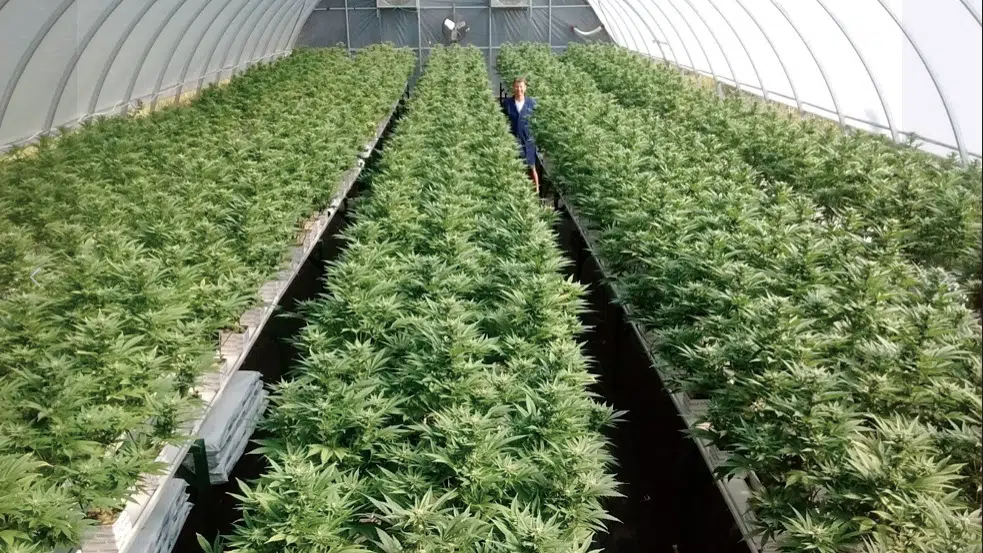
Communities need full transparency from cannabis land use applicants
Community input plays a pivotal role in shaping cannabis land use regulations and perceptions.
Not everyone feels good about living next to or near a cannabis production facility. Mitigating community concerns extends beyond regulatory compliance. Cannabis cultivators need to be transparent and put effort and care into integrating into the community.
Jaclynn Pehota is a cannabis land-use expert and the executive director of the Retail Cannabis Council of British Columbia. She described bylaws that certain municipalities have enacted to leverage community voices.
“The development permit process across British Columbia is disparate and inconsistent,” stated Pehota.

